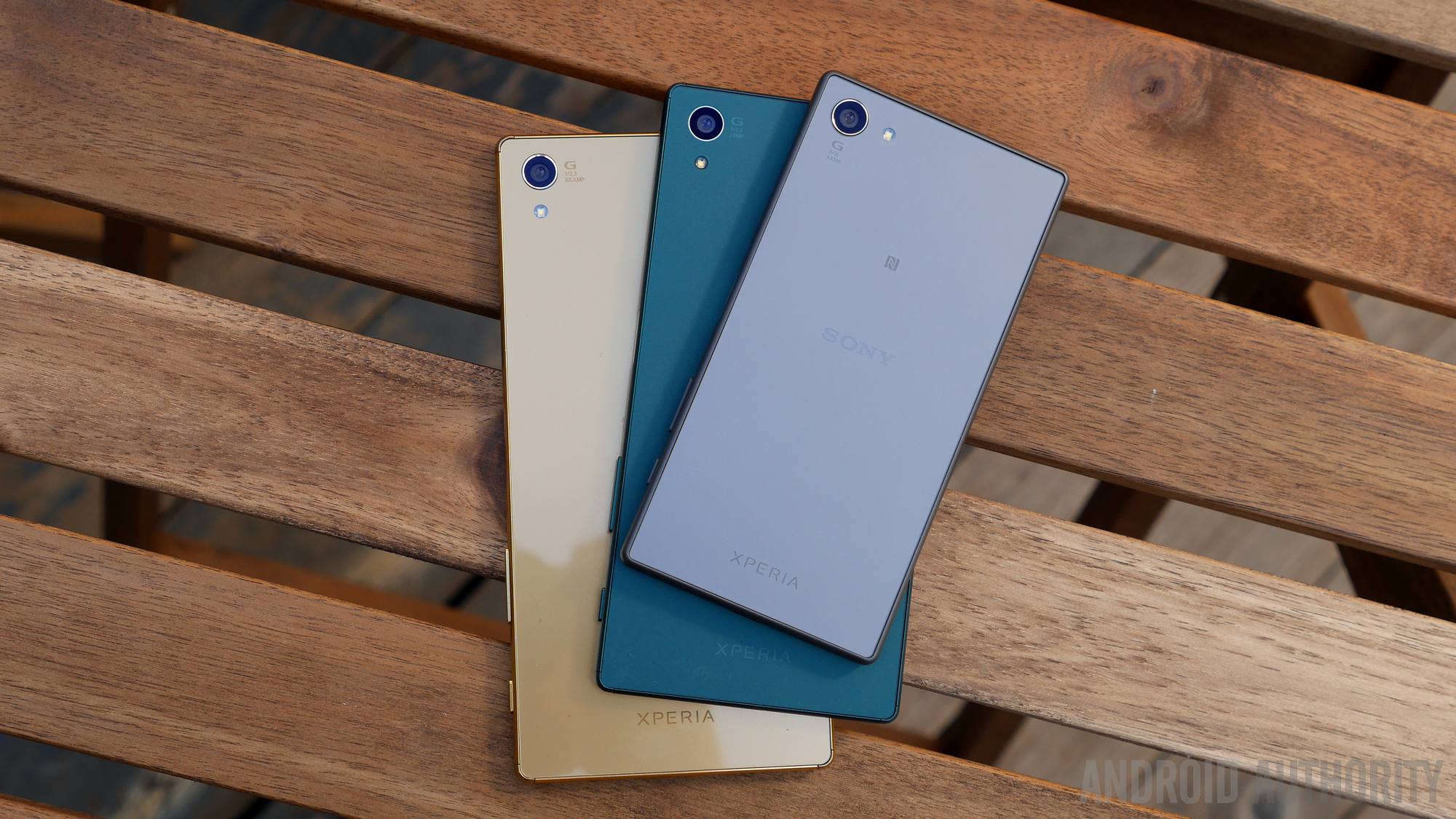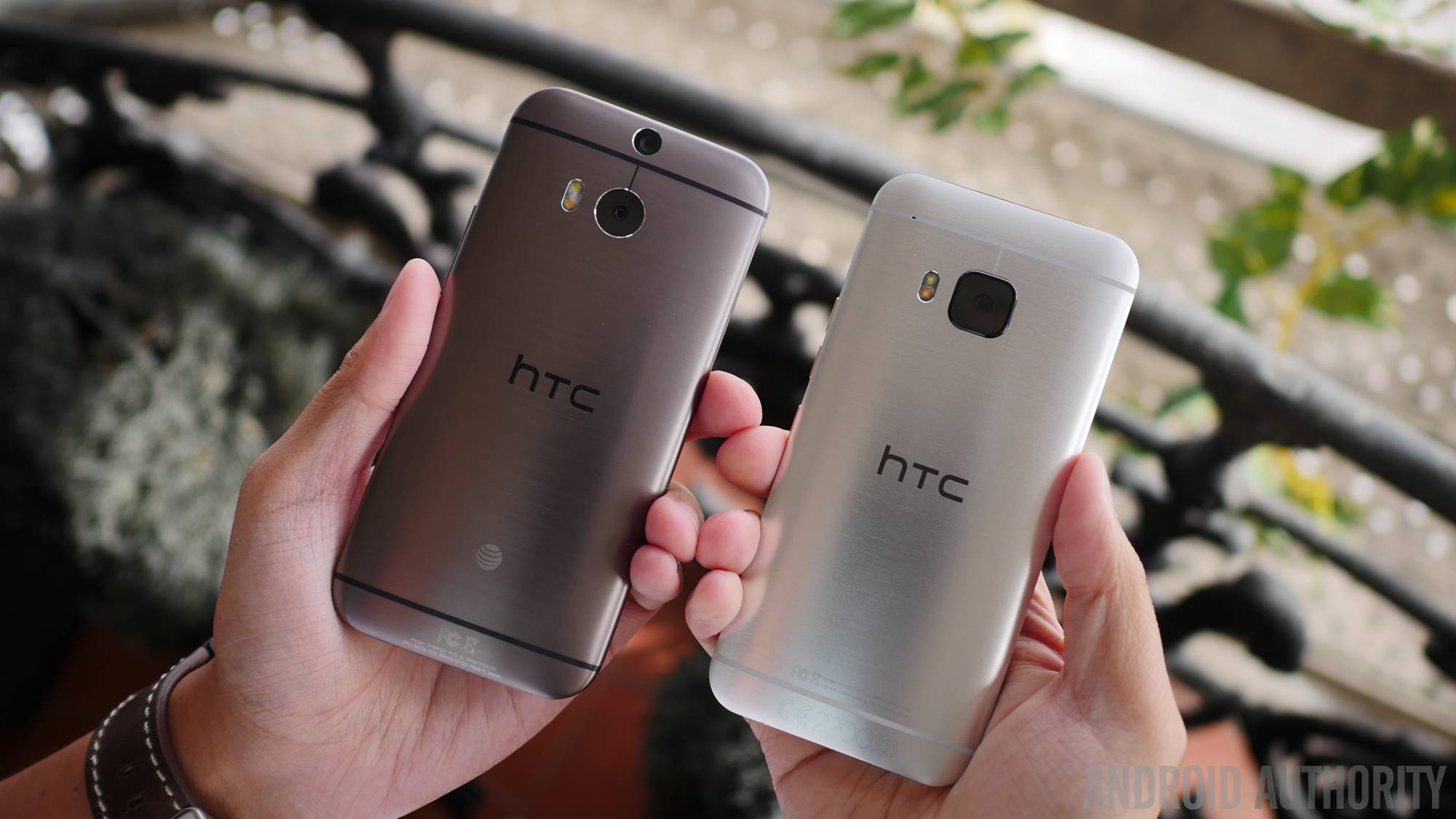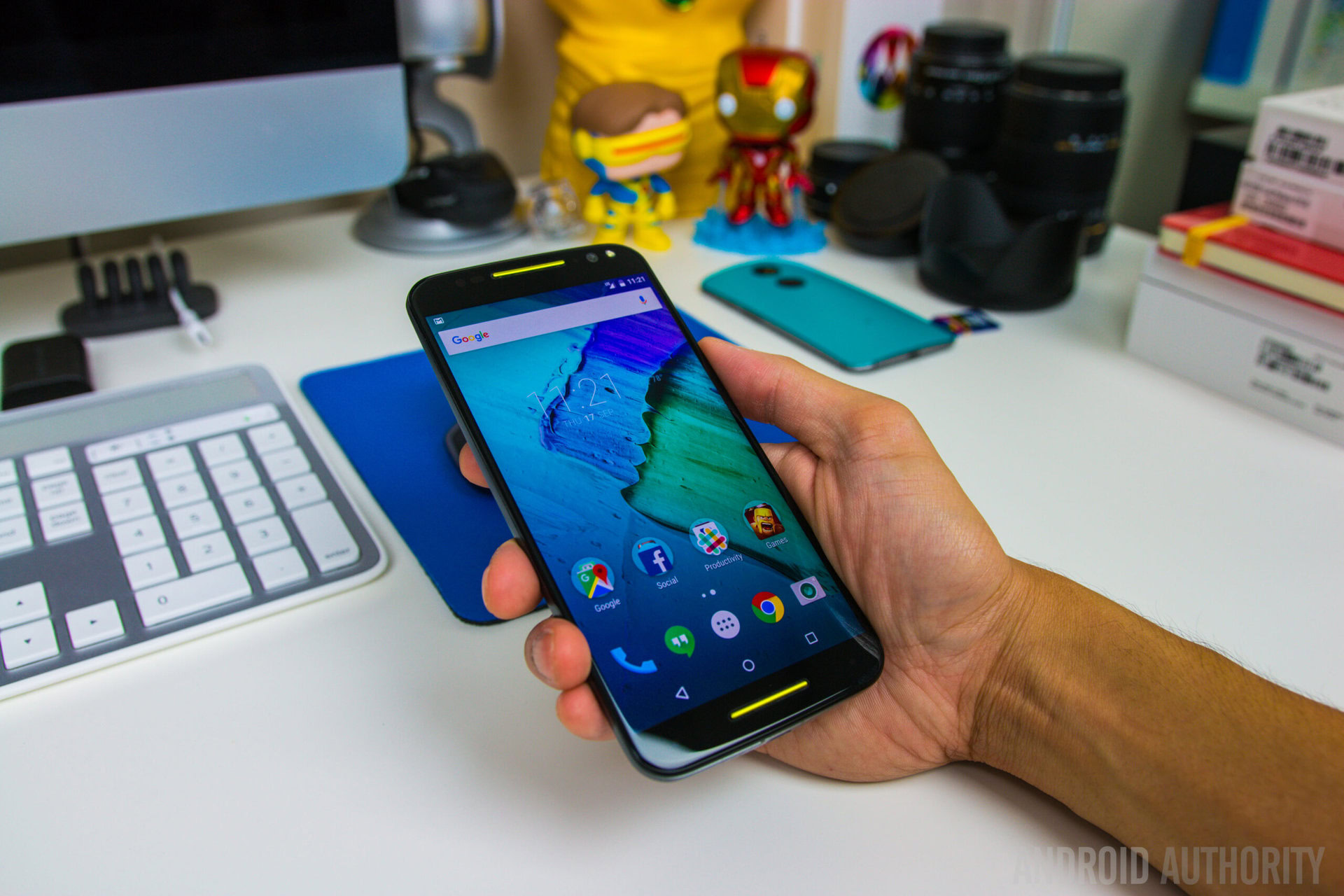Affiliate links on Android Authority may earn us a commission. Learn more.
Near-death experience: the uncertain future of Sony, HTC, and Motorola

The rise of smartphones has been meteoric, but as demand levels off, and prices begin to fall amid commoditization, a number of manufacturers are finding themselves in a precarious situation. Three of the biggest names in trouble are Sony, HTC, and Motorola. What are they doing about it? Can they turn things around? Is there a real risk that they won’t make it?
Sony’s make-or-break year
When Kazuo Hirai, Sony’s Chief Exec, unveiled the new Z5 range at IFA in Berlin, there was a palpable sense of excitement. Five iterations in and the electronics giant is producing some seriously good smartphones that should be capable of competing at the premium end of the market. The aptly-named Z5 Premium boasts the world’s first 4K display, and it dominated the headlines, but, beyond the display, its smaller companions, the Z5 and Z5 Compact, offer almost exactly the same hardware.
Sony is perhaps the only OEM offering cutting edge specs in a smaller handset with the Compact. It has also listened and learned after each new generation of Xperia. The Z5’s have superior battery life, fast cameras, plenty of raw power, a great fingerprint sensor, water resistance, front-facing speakers, all the connectivity you could ask for, a light-touch Sony UI, and a microSD card slot. The only obvious omission from most Android-fan’s wish lists is wireless charging.
If the Z5 range sells, then Sony is here to stay, but the mobile arm is still being restructured and is set to post losses of $480 million this year. There’s no word on a U.S. carrier picking them up as yet. The fact that Verizon dropped the Xperia 4v, a special version of the Z4 (Z3+ in Europe), is probably a good thing because it shows Sony focusing on the Z5 range, but does it mean Verizon will sell a Z5?
Much depends on the success of the Z5 trio. If it doesn’t sell, and Sony’s completed restructuring hasn’t plugged the leaks in its mobile division, then the Xperia brand could sink forever.

“We will continue with the business as long as we are on track with the scenario of breaking even next year onwards … Otherwise, we haven’t eliminated the consideration of alternative options,” said Kazuo Hirai recently, talking to Reuters.
It’s tough to see what else Sony can do here. It was in a mess, having missed the smartphone boat a few years back. It cut Ericsson loose, and adopted the six-monthly flagship update schedule in order to catch up. Arguably, it has done that now. Short of cracking the U.S carriers, which is definitely important when you’re selling high-end smartphones, Sony has made the right moves.
Is HTCdoomed?
The original Android pioneer, HTC shed its white label roots just as Google’s new platform was taking off, and it soared to great heights. Sadly, those heights are a fading memory, because HTChas lost a great deal of its perceived value this year, a fairly steady downward trajectory that started in 2011. There has been acquisition talk, and a lot of analysts have written HTCoff.
[related_videos align=”right” type=”custom” videos=”624837,596131,593454,591241″]
You can point to a number of design and marketing missteps at HTC, but none were worse than the One M9. The company won plaudits for the One M7, so it understandably stuck with that design for the M8. But, despite being admired, the M8 didn’t sell very well. HTCignored the warning signals and pressed ahead with the One M9, which was virtually indistinguishable from its predecessor.
Apple famously employs the “tick tock” method with its iPhone line, a big update, marked by a new number, followed by a modest one, marked with the S. HTCeffectively went “tick tock tock” with the One M9 and it has been a complete disaster. It was exacerbated because it launched alongside a major “tick” from Samsung, in the S6 and S6 Edge.

It would be a mistake to write HTCoff. It has resisted the acquisition talk, and it’s trying to expand beyond reliance on smartphones. The buzz about the HTCVive, its new virtual reality headset, being produced in partnership with Valve, is getting louder. If VR takes off in a big way, HTCcould ride that wave. The cameras and fitness bands are less exciting, but they do signal a clear intent to broaden its scope.
Mid-range HTChandsets have been doing better, but that end of the market is too competitive for HTCto adopt it as a strategy. It’s definitely going to need a serious new contender as its next flagship, if it wants to stay in the Android smartphone business.
Motorola in the middle
You could argue that Motorola is dead already, after the company was split in two and Google bought the phone-making wing, Motorola Mobility. It had perhaps the most illustrious of all mobile histories, delivering many innovations over the years, but it spectacularly failed to catch the first smartphone wave. Under Google, it soon became apparent that the spirit of innovation certainly wasn’t dead. It clawed its way back with budget devices and mid-rangers with eye-catching new features.
With an apparent turnaround on the cards, as Motorola worked toward profitability for the first time in ages, it was surprising when Google cut it loose. The company was sold to Lenovo last year and the combination propelled the pair into third place in the world’s smartphone seller charts. But it has since dropped to fifth, as Motorola sales have fallen, and Lenovo’s smartphone business recorded a loss of $292 million in the second quarter of this year.

Consider that sales for Lenovo’s computers and tablets are also in decline, and the recently announced job losses could spell serious trouble ahead. Lenovo can’t afford its smartphone business to be unprofitable for too long, and so the pressure is on Motorola to pull it out of the bag. As margins on budget phones continue to shrink, there’s little prospect that focusing on that end of the market is going to be enough, and Motorola has abandoned the premium end, so that leaves the middle.
Looking at the Moto X Style, you can see a pretty compelling set of specs for the price. Like Sony, it has obviously looked at what Android fans are asking for and tried to deliver it, with customized designs as an added USP. The fact it’s being offered at a price well below the current flagship crop, should drum up plenty of interest.
What if Motorola was to revive the Razr brand with a folding smartphone? Will it continue to make headway with new smartwatches by making them independent of phones? Both were suggested as future directions by Rick Osterloh, chief of Motorola Mobility, in a recent interview with The Information.
Who will make it?
It’s tough to predict where these three players will be in the smartphone market next year. Sony could decide to throw in the towel, if the Z5 range doesn’t sell well enough. Another tock for HTCwould surely be the end of its smartphone days, though it may manage to shift into another market. If Motorola can’t innovate fast enough and generate some profits, there’s no telling what Lenovo will do.